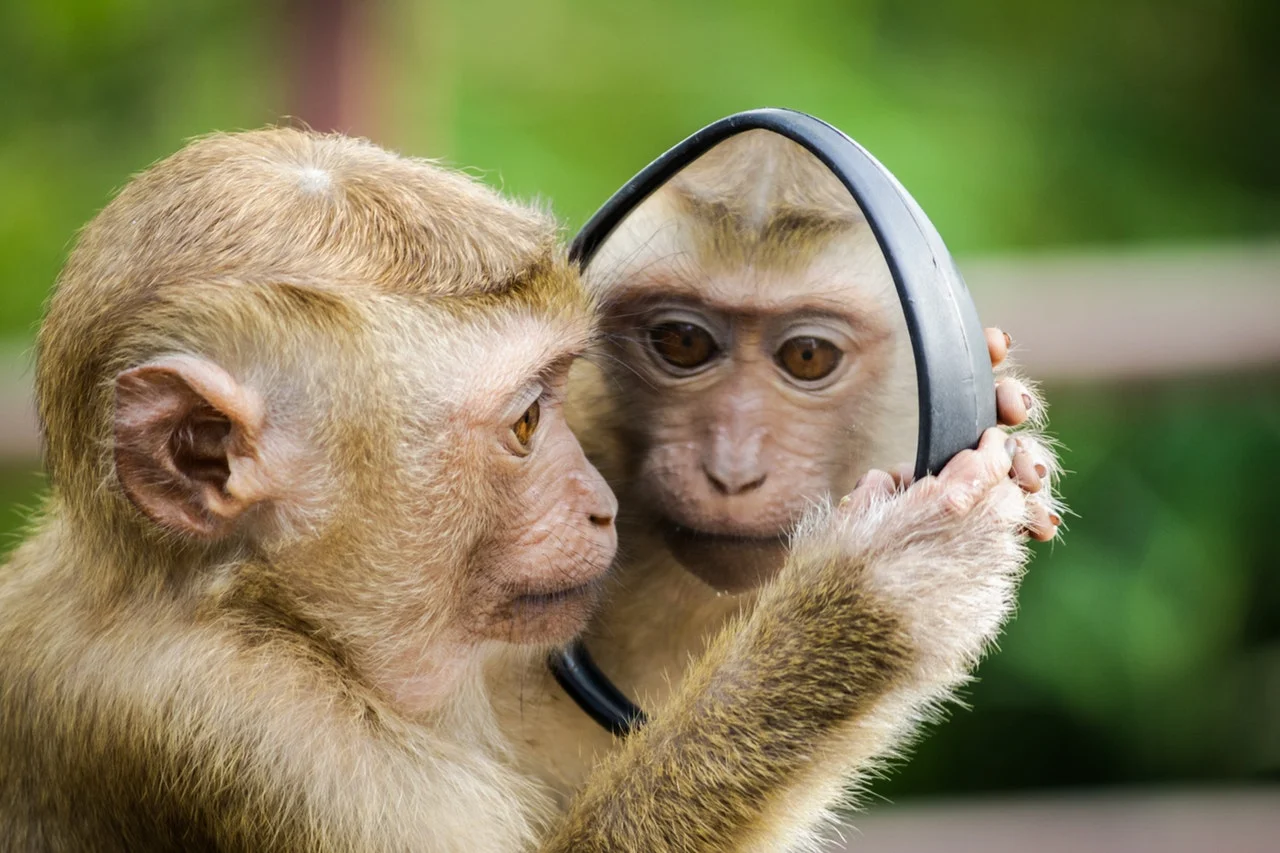Mirror Neurons
/By Lily Zhang
Mirror neurons have been referred to as the "most hyped concept in Neuroscience". Mirror neurons were first discovered in the 1990s by chance when a team of Italian scientists was studying the mechanisms behind certain actions and recording neuronal control of motor activity in macaque monkeys. These scientists saw that the same cells were activated when a monkey observed an action as when the monkey performed the same action itself. This fascinating discovery has allowed us to expand on our ambitions of a greater understanding and insight to certain behaviors.
Many studies have shown a link between mirror neurons and understanding goals and intentions. Mirror neurons could possibly play a major role in the neural circuitry for how we predict another's actions during observation. Another possible function of mirror neurons is to help us imitate and learn through association. Studies have shown that mirror neurons code a representation of the action, the firing pattern that would be activated if the observer had performed the action, and this facilitates implicit learning. The observed action could be repeated internally in the brain and motor programs collected to prepare for explicit action production.
Other studies have shown that mirror neurons play a role in emotion and could be the neural basis of empathy. Innovations in neuroimaging, such as functional magnetic resonance imaging (fMRI), electroencephalography (EEG), and magnetoencephalography (MEG) have allowed researchers to see that certain brain regions, including the anterior insula, anterior cingulate cortex, and inferior frontal cortex, are active when an individual experiences an emotion and when they see another individual experiencing an emotion. There is also research that suggests some disorders, such as autism, are caused by malfunctions of the mirror neuron system. This "Broken Mirror Hypothesis" may offer explanations as to why these disorders are characterized by impairments in social skills, imitation, empathy, and theory of mind.
Though most studies of mirror neurons have been on non-human models, as it is considered too invasive to study single neurons in humans, one study has been able to observe possible mirror neuron activity on epileptic patients who already had the appropriate set up to record such neural data. Even though this study along with others shows promising result, there is still controversy as to whether or not mirror neurons are universally found in all species or even if they exist in humans.
As it is probable that mirror neurons are intrinsically involved in social cognition and social behavior, since their discovery mirror neurons have been a very popular topic in the media. Though this great interest will positively promote further research on a global scale, we should not advertise mirror neurons as a comprehensive explanation of the mechanisms behind social behaviors.
It is truly an exciting time for neuroscientists and for science research in general. Innovations in neuroimaging have shed insight on our brain's behavior in a non-invasive way. Though still a relatively new concept and not without controversy, the exciting study of mirror neurons has let us explore familiar concepts, such as learning and emotion, in a different way. There is no doubt that there will be even more fantastic advances in Neuroscience research, and the implications are unlimited.



